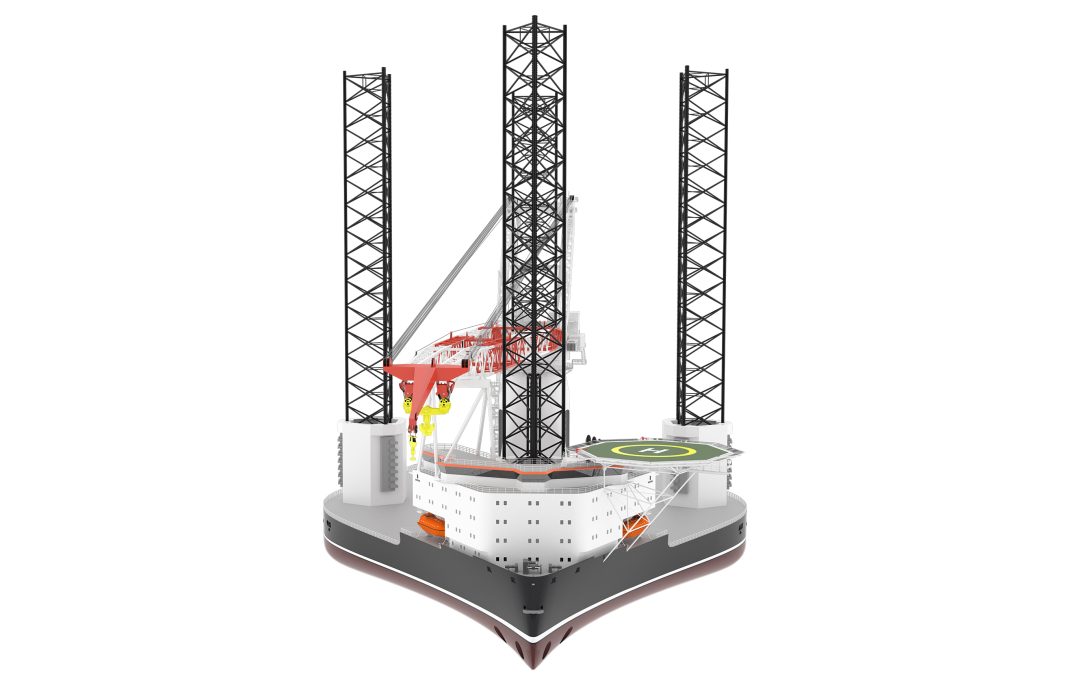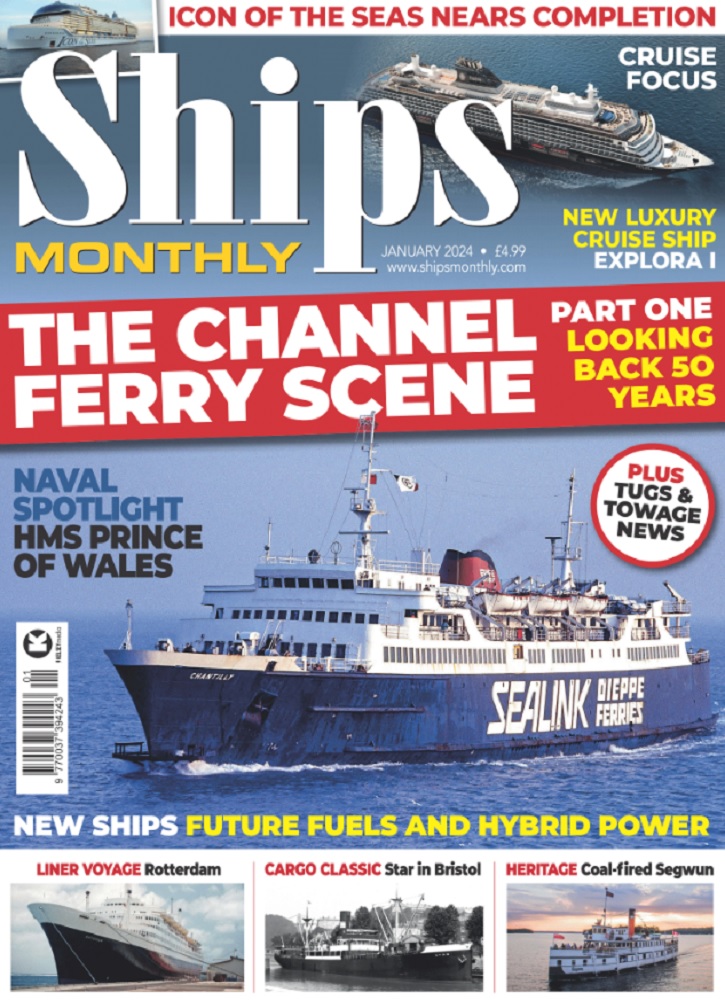In early February 2017 SeaOwls and Ulstein launched a pioneering heavy lift jack-up vessel design, the SOUL, at the Offshore Wind Journal Conference. The cruciform structural lay-out makes the patent-pending solution more than 10 per cent lighter than conventional jack-up vessel designs.
In combination with a high capacity crane, SOUL enables operators to take the next step in developing offshore wind farms. The concept aims to install the next generation wind turbines (10-12 MW) in the same time frame as currently used for installing 6-8 MW units, a significant efficiency gain over any jack-up vessel design currently available in the market.
“The development of this novel jack-up vessel is the logical next step in our strategy to widen our portfolio and become a leading company in supporting the offshore wind industry with more efficient assets”, says Tore Ulstein, deputy CEO at Ulstein Group. “Combining the vast track record in heavy lift vessel designs from our Dutch Ulstein branch with SeaOwls’ experience in jack-up technology, resulted in an innovative jack-up vessel concept based on proven technologies.”
Scaling-up conventional heavy lift jack-up vessel designs proves challenging due to the disproportional weight increase compared to gain in Variable Deck Load (VDL).
“We noticed this created uncertainty with turbine manufacturers, wind farm operators and installation contractors on how to install the future generation wind turbines, as floating vessels are not a viable alternative”, comments Erik Snijders, founder and managing director at Rotterdam based SeaOwls, and continues: “So we went back to the optimal jack-up design, a square platform with the legs spaced out as much as possible. Rotating the platform by 45o provided a natural bow shape with two legs and the crane on vessel centre line.”
“This seemingly simple twist in the design allowed to make a huge improvement in operational aspects as well,” adds Bram Lambregts, deputy managing director at Ulstein Design & Solutions BV. “With the main crane around the stern leg, optimal main deck reach and over-the-side lifting capabilities is created. And as the hull now houses much larger leg footings, bearing pressures on the seabed are reduced, while the wake of the spud cans does not interfere with the inflow to the propulsion thrusters.”
The SOUL series will come in various sizes, allowing the transport of 3 up to 6 of the 10-12MW wind turbines. Still, all loading and installation operations can be performed without the need of ballast water.


